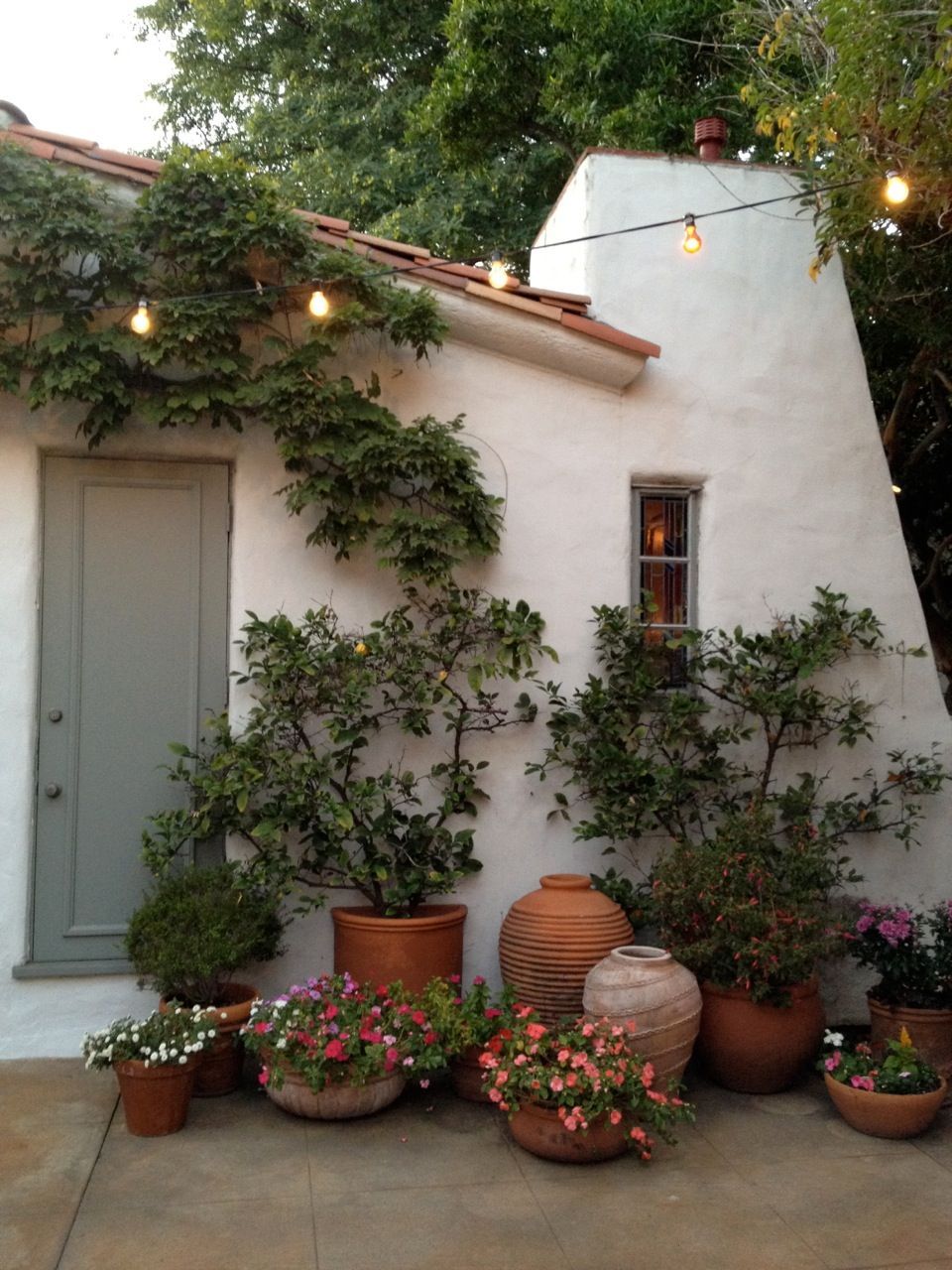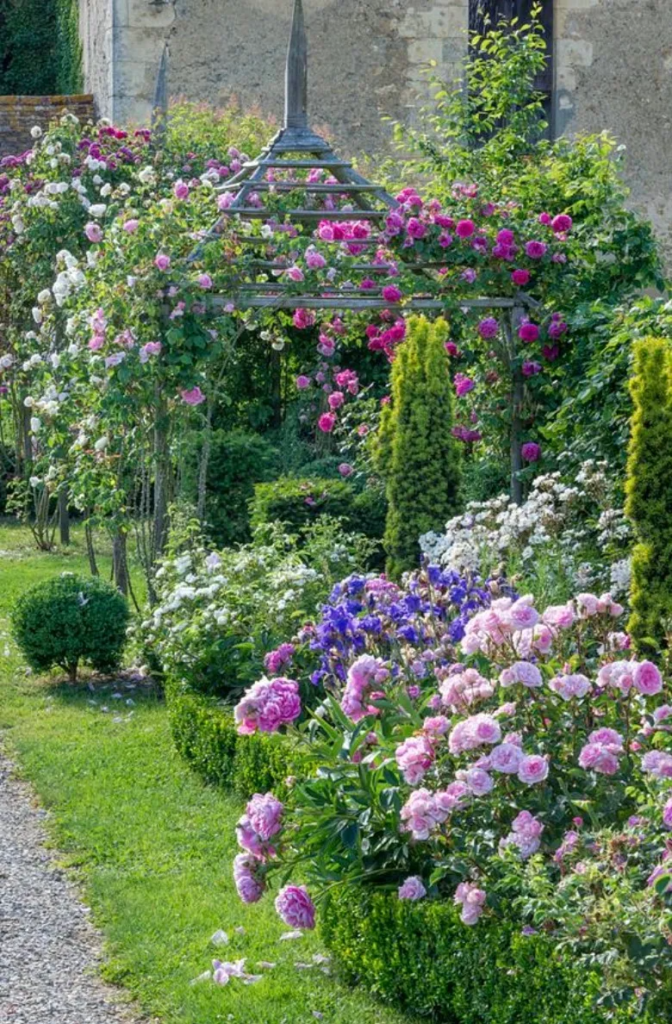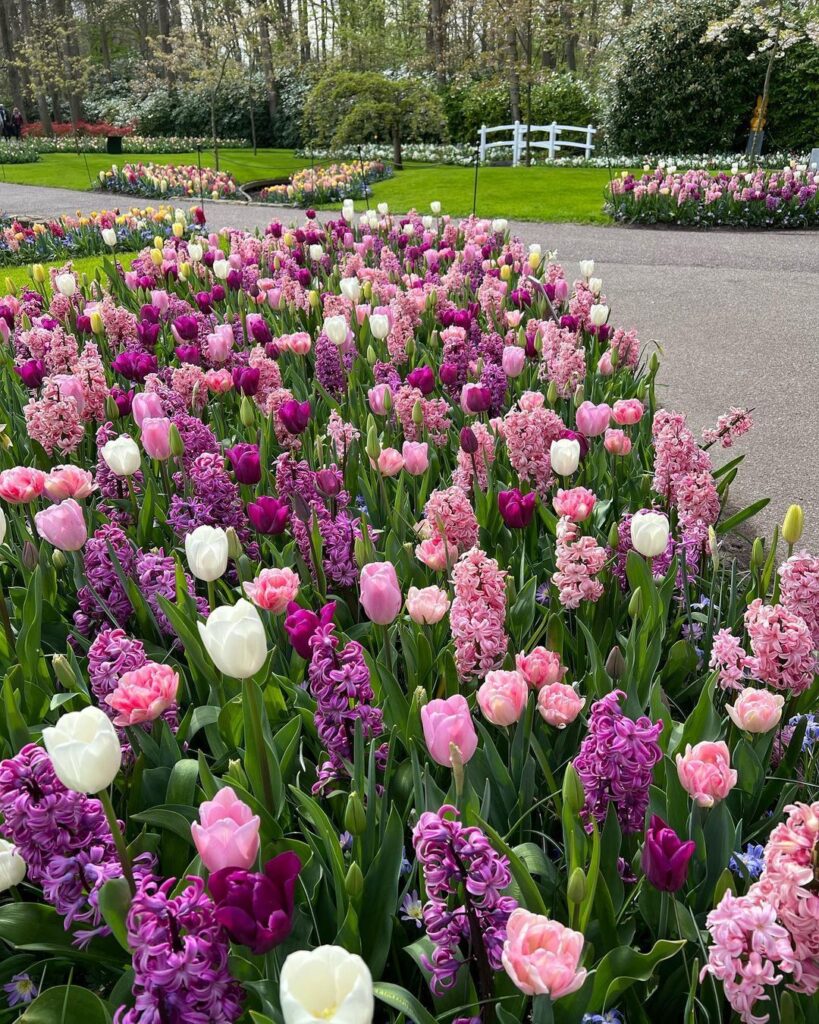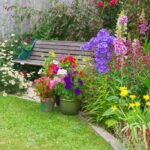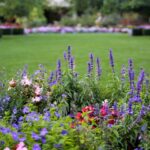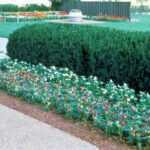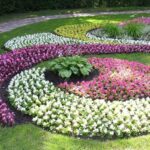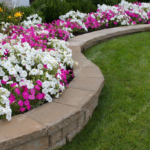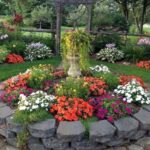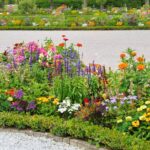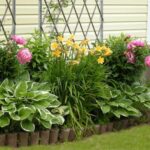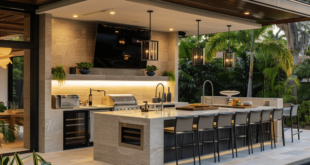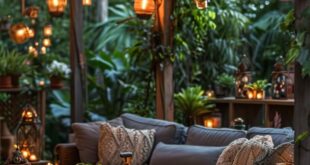When it comes to garden design, flowers play a crucial role in creating a beautiful and vibrant outdoor space. Choosing the right flowers for your garden can help enhance its aesthetic appeal and create a peaceful and inviting atmosphere. There are many factors to consider when selecting flowers for your garden, including their color, size, shape, and bloom time.
One important aspect of garden design is choosing a color scheme for your flowers. You can opt for a monochromatic color scheme, where you use flowers of the same color but in different shades, or a complementary color scheme, where you combine flowers of contrasting colors that complement each other. Whichever color scheme you choose, it’s important to consider how the colors will work together and create a harmonious overall look in your garden.
In addition to color, the size and shape of the flowers you choose can also impact the overall design of your garden. Taller flowers, such as delphiniums or foxgloves, can add height and structure to your garden, while smaller flowers, like pansies or violas, can be used to fill in gaps or create a border. Consider the shape of the flowers as well – round flowers, such as peonies or dahlias, can add a sense of fullness and texture to your garden, while spiky flowers, like lupines or irises, can provide a more architectural element.
Another important consideration when designing a flower garden is the bloom time of the flowers. By selecting flowers that bloom at different times throughout the growing season, you can ensure that your garden will be constantly in bloom and full of color. Choose a mix of early, mid, and late-blooming flowers to create a dynamic and ever-changing garden that will delight you throughout the year.
When designing a flower garden, it’s also important to consider the overall layout and composition of the space. Think about how you want to structure your garden – do you want neat rows of flowers, or a more informal and naturalistic design? Consider the different areas of your garden – do you want to create focal points with groupings of flowers, or create a sense of flow by planting in drifts or clusters? Be sure to also consider the surrounding elements in your garden, such as trees, shrubs, and hardscape features, and how your flowers will complement and interact with these elements.
In conclusion, flowers are an essential element of garden design, adding color, texture, and personality to your outdoor space. By carefully selecting flowers that suit your aesthetic preferences and meet the needs of your garden, you can create a beautiful, harmonious, and inviting garden that will bring you joy for years to come. So take the time to plan and design your flower garden, and enjoy the beauty and tranquility that it will bring to your outdoor space.
 yishifashion Where Outdoor Dreams Become Reality
yishifashion Where Outdoor Dreams Become Reality
